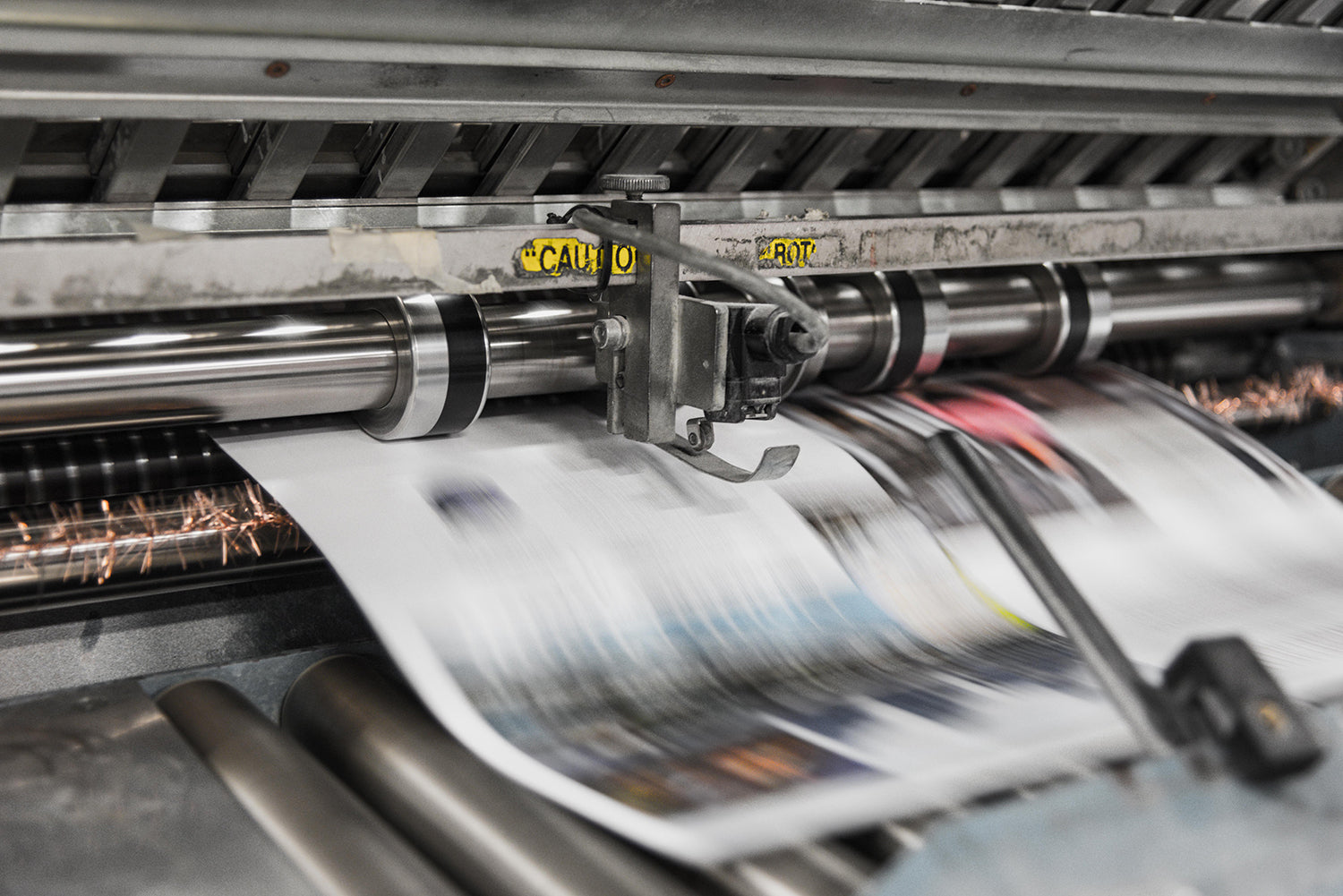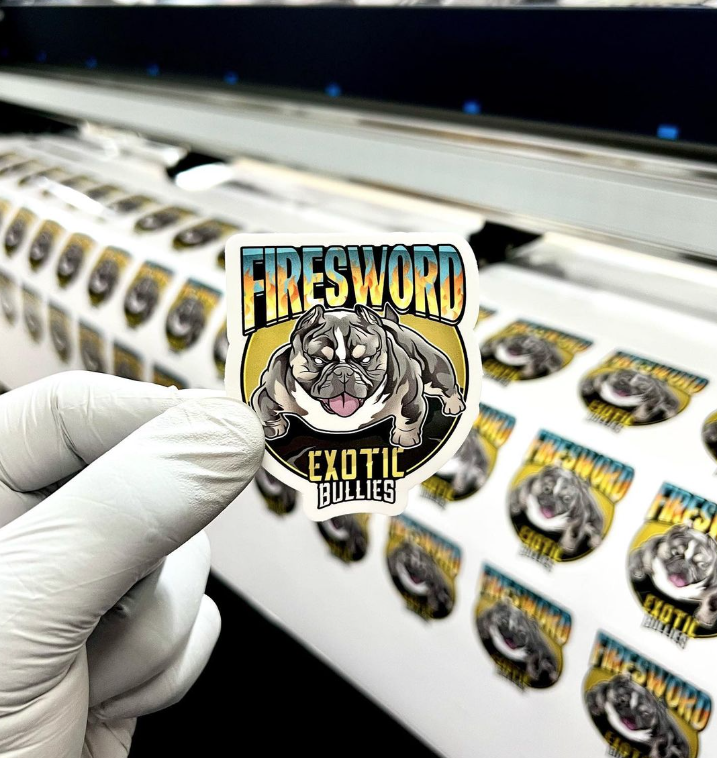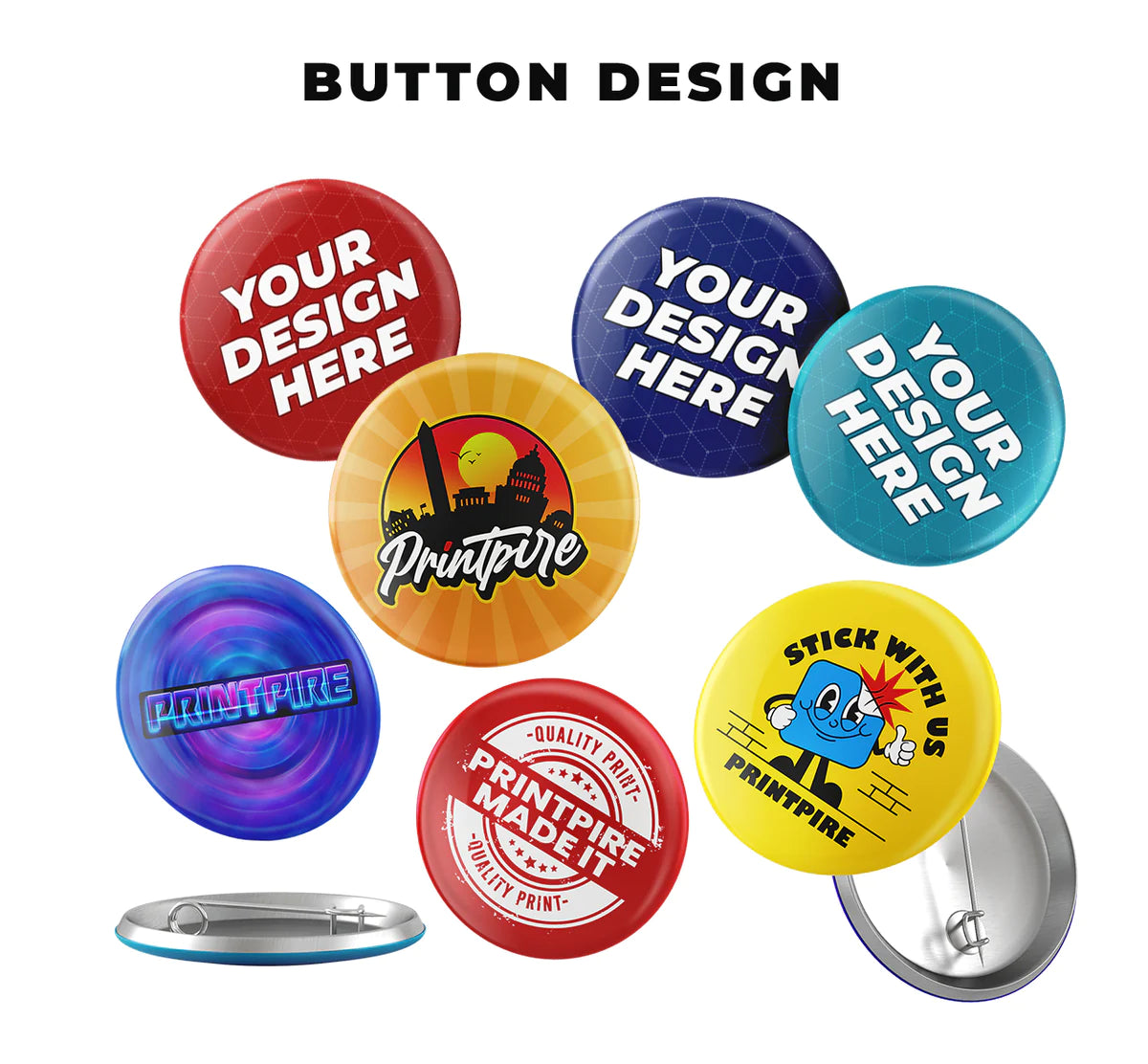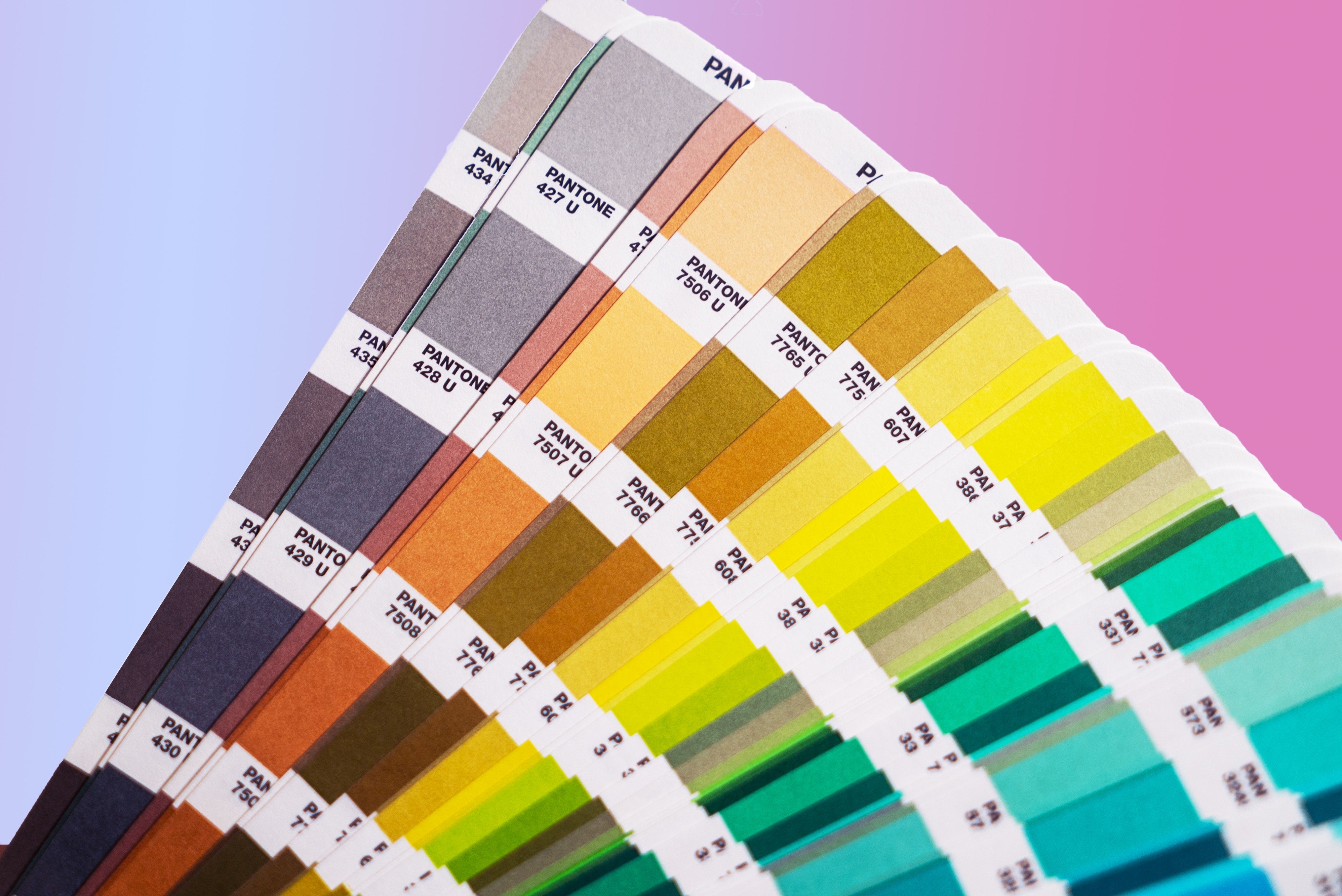
Beginner's Guide to Print Types and Techniques
In the dynamic world of printing and graphic design, understanding the various print types and techniques is essential to bring your creative visions to life. Whether you're a budding designer or a business owner looking to create impactful marketing materials, this beginner's guide will navigate you through the diverse landscape of print options available. Let's dive in!
Demystifying Print Types
Print technology has come a long way, and each method offers unique benefits depending on your project's requirements. Here's a breakdown of some common print types:
-
Digital Printing Digital printing is the go-to choice for small to medium print runs. It involves transferring digital images directly onto paper, eliminating the need for printing plates. This method is cost-effective, offers quick turnaround times, and is perfect for personalized materials like business cards and invitations.
-
Offset Printing Offset printing is a traditional method that produces high-quality, consistent prints. It involves transferring ink from a plate to a rubber blanket and then onto the paper. Offset printing is ideal for large print runs, ensuring color accuracy and sharpness.
-
Screen Printing Screen printing is a versatile technique that involves pushing ink through a mesh screen onto the substrate. It's commonly used for apparel printing, posters, and promotional items. Screen printing allows for vibrant colors and durability, making it a favorite for custom t-shirts and merchandise.
Mastering Print Techniques
Once you've chosen a print type, consider the techniques that can elevate your designs to the next level.
-
Embossing and Debossing Embossing raises a design element above the paper surface, while debossing creates a depressed design. These techniques add tactile and visual interest to business cards, stationery, and packaging.
-
Foil Stamping Foil stamping involves applying a metallic or holographic foil to specific areas of a design. This technique imparts a luxurious and eye-catching effect, perfect for highlighting logos and text.
-
Die Cutting Die cutting shapes paper using a custom-made die. It allows for intricate and unique designs, making it ideal for creating attention-grabbing business cards, invitations, and packaging.
-
Spot UV Coating Spot UV coating adds a glossy and raised layer to specific areas of a print. It creates contrast, enhancing the visual appeal of your design by adding texture and shine.
Choosing the Right Approach
Selecting the appropriate print type and technique depends on factors such as budget, project scope, and desired outcome. Here's a quick guide to help you choose:
- Quantity: For small runs, digital printing is cost-effective. Offset printing is suitable for larger quantities.
- Materials: Consider the paper type and finish that complements your design.
- Colors: Screen printing excels in vibrant colors, while offset printing offers precise color reproduction.
- Effect: Embossing, debossing, foil stamping, and die cutting add unique effects.
Final Thoughts
As you embark on your print design journey, remember that experimenting with different print types and techniques will enhance your creative arsenal. Don't hesitate to consult with printing professionals to guide you toward the best choices for your projects. Armed with this beginner's guide, you're ready to explore the world of print and graphic design with confidence!
For premium printing services that bring your designs to life, explore Printpire's Website. Whether you're seeking vibrant digital prints or timeless offset designs, our expertise and cutting-edge technology ensure your vision is impeccably realized. Visit our Services page to learn more.






